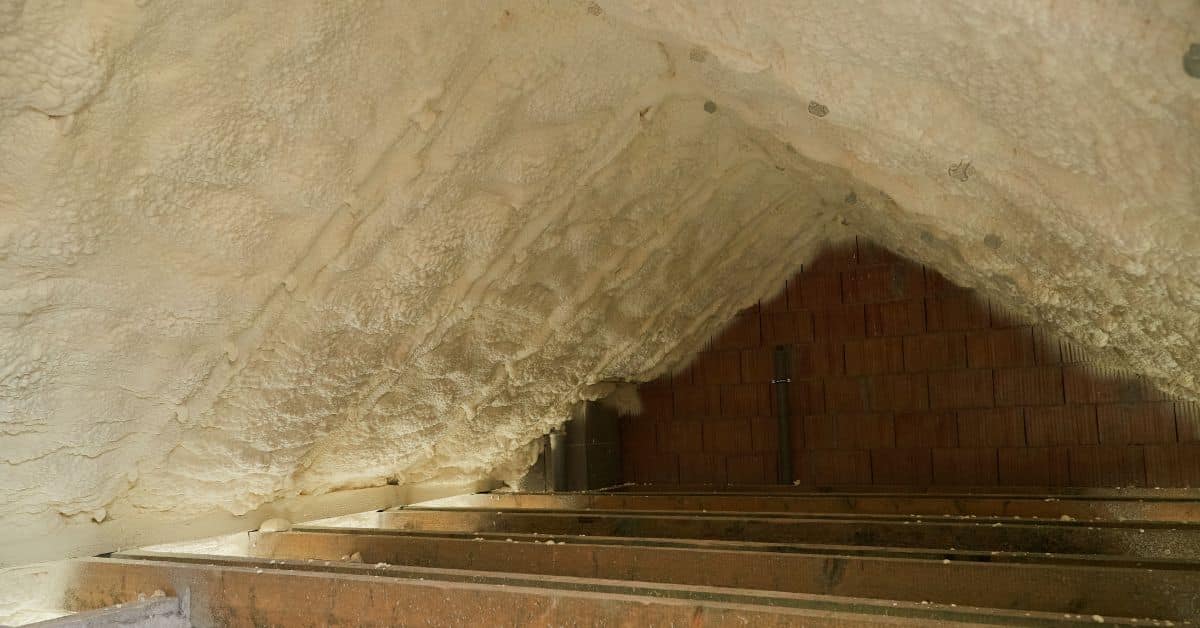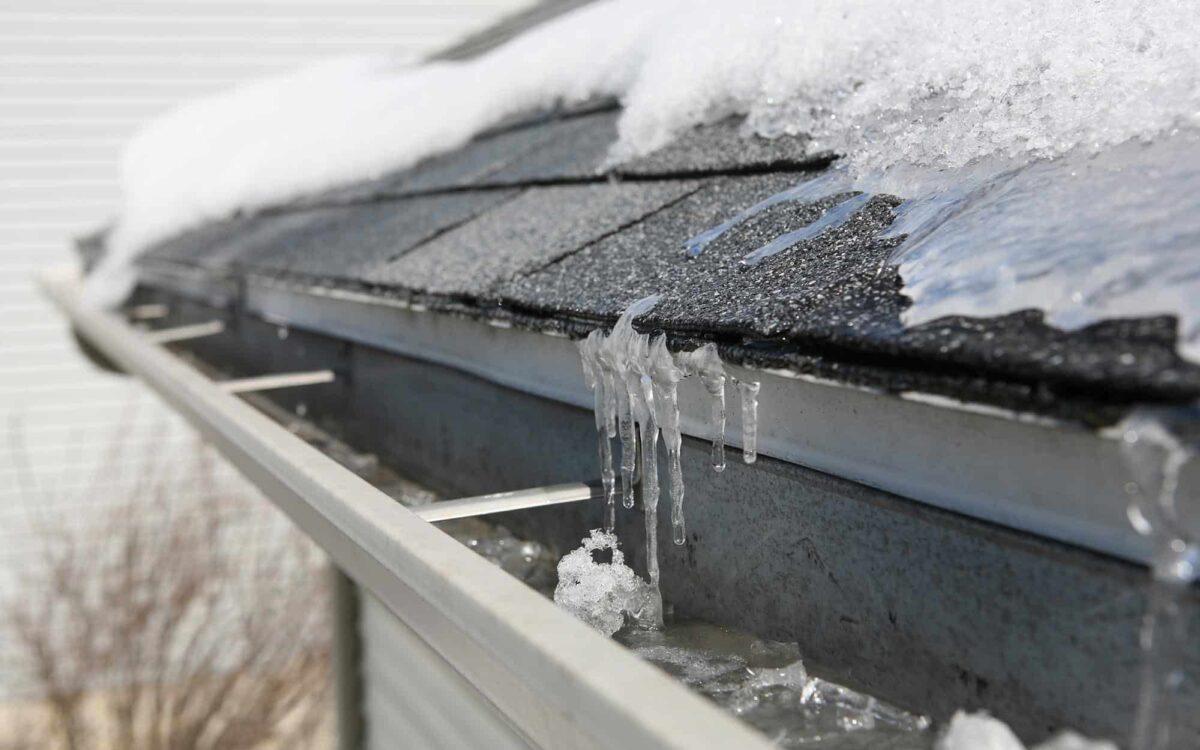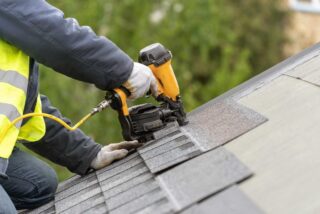Why Modern “Tight” Homes Need a Breathing Roof
November 21, 2025by revvluvvConsumer AlertsRoof Maintenance
The Hidden Mold Danger in “Super-Air-Tight” Portland Homes
Portland homeowners love going green. Spray-foam insulation, triple-pane windows, and airtight building envelopes are now common in new construction and deep energy retrofits across Lake Oswego, West Linn, Beaverton, and the greater metro area. While these upgrades slash energy bills, they’ve created an unexpected enemy: trapped moisture that leads to hidden mold and premature roof failure.
Why Modern “Tight” Homes Need a Breathing Roof
 When a house is sealed like a thermos, interior humidity from showers, cooking, and even breathing has nowhere to escape. In the Pacific Northwest’s cool, damp climate, that moisture migrates upward and gets trapped beneath spray-foam or poorly ventilated attic insulation. Without proper roof ventilation, condensation forms on the underside of the roof deck, creating perfect conditions for black mold, wood rot, and structural damage—often before you ever smell a problem.
When a house is sealed like a thermos, interior humidity from showers, cooking, and even breathing has nowhere to escape. In the Pacific Northwest’s cool, damp climate, that moisture migrates upward and gets trapped beneath spray-foam or poorly ventilated attic insulation. Without proper roof ventilation, condensation forms on the underside of the roof deck, creating perfect conditions for black mold, wood rot, and structural damage—often before you ever smell a problem.
Elements Roofing sees this weekly: homes less than 10 years old with spray-foam attics requiring complete tear-offs because the roof sheathing rotted from the inside out. The fix isn’t removing the insulation—it’s designing a balanced ventilation system (intake + exhaust) that allows the roof assembly to “breathe” even when the house itself is airtight.
Signs Your Green Home May Be Suffering
- Ice dams every winter (a red flag for heat and moisture escaping into the attic)
- Musty odors upstairs
- Curled or prematurely failing shingles
- Black staining or mold visible from the attic
Don’t let energy efficiency become a health and financial liability. A quick roof health inspection can identify ventilation deficiencies before thousands in damage occur.
Protect your investment and your family’s health. Schedule a FREE Roof Health Inspection with Elements Roofing today. Call 503-699-6905 or Book Your Free Inspection Online






